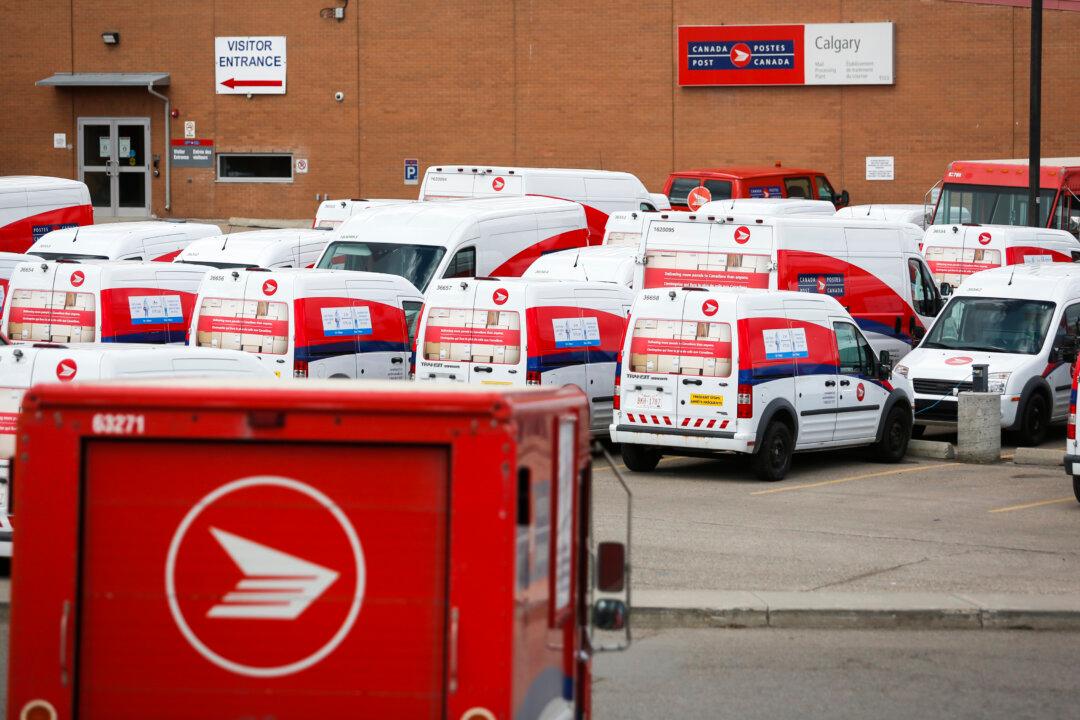Canada Post has announced on its website that its epost program would be discontinued by December 2022.
The program, first launched in 1999, was intended to be a historic way to share electronic documents, but was overtaken, mainly by Apple, Google, and Microsoft. Canada Post said in 2010 that it would be a revenue source to help boost declining revenue in door-to-door delivered letter mail.





